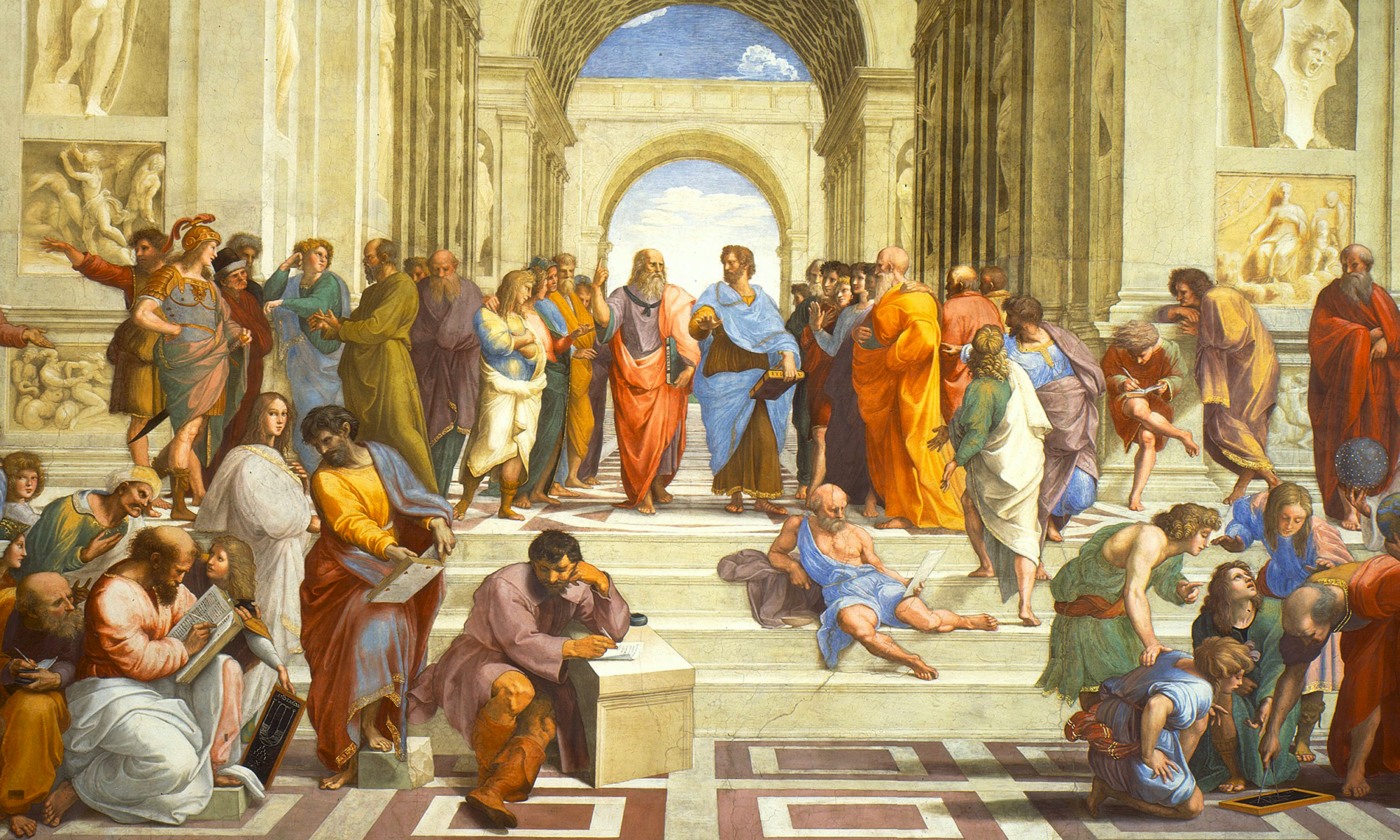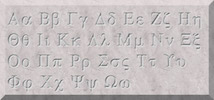David M. Goldstein (UC Los Angeles) has uploaded a paper on second-position clitics in Classical Greek to Academia.edu. He wrote the paper with Dag T. T. Haug (University of Oslo) using Lexical Functional Grammar as their framework and proposing some revision to the theory on the basis on their findings.
The paper was presented at the Joint 2016 Conference on Head-driven Phrase Structure Grammar and Lexical Functional Grammar in Warsaw, Poland. Here is the abstract:
In this paper we discuss second position clitics in ancient Greek, which show a remarkable ability to break up syntactic constituents. We argue against attempts to capture such data in terms of a mismatch between c-structure yield and surface string and instead propose to enrich c-structure by using a multiple context free grammar with explicit yield functions rather than an ordinary CFG.
Hellenistic Greek Linguistics.


 Louis Sorenson has produced a nice reading of the first nine chapters of Mark’s Gospel following Westcott and Hort’s 1881 text using the Restored Koine pronunciation. His
Louis Sorenson has produced a nice reading of the first nine chapters of Mark’s Gospel following Westcott and Hort’s 1881 text using the Restored Koine pronunciation. His 


 I’m looking forward to tomorrow (November 19, 2016)! Jonathan Robie and I will present our ongoing work on the communicative Koine Greek course, γραφὴ ζῶσα. Our presentation will take place at the 1:00 pm session of the Global Education and Research Technology section of the Society of Biblical Literature (SBL).
I’m looking forward to tomorrow (November 19, 2016)! Jonathan Robie and I will present our ongoing work on the communicative Koine Greek course, γραφὴ ζῶσα. Our presentation will take place at the 1:00 pm session of the Global Education and Research Technology section of the Society of Biblical Literature (SBL). If you are interested in Open Source software or Open Data projects for the Biblical languages, I would like to recommend the following sessions at SBL:
If you are interested in Open Source software or Open Data projects for the Biblical languages, I would like to recommend the following sessions at SBL: